Off the northwest coast of Sardinia, there’s a hidden gem with a wild story of change. Asinara Island used to be a maximum security prison until 1997, which kept this Mediterranean paradise completely off-limits to travelers.
Now, Asinara National Park lets people like me explore untouched nature, crystal-clear waters, and fascinating history that not many get to see.
When I first set foot on this wild stretch of Sardinia, I felt floored by the contrast between its shadowy past and the bright, open present. For decades, the island stayed closed to the public, housing some of Italy’s most dangerous criminals.
In 2002, the government turned it into a national park, preserving its unique ecosystem and finally letting visitors discover its beauty.
Nature really took back Asinara during its years of isolation. As you wander around, you’ll spot the famous white donkeys roaming free, hike through pristine Mediterranean scrubland, and swim in some of the clearest waters I’ve ever seen.
The abandoned prison buildings still stand, eerie and silent, giving the island adventure an edge you won’t find anywhere else in Italy.
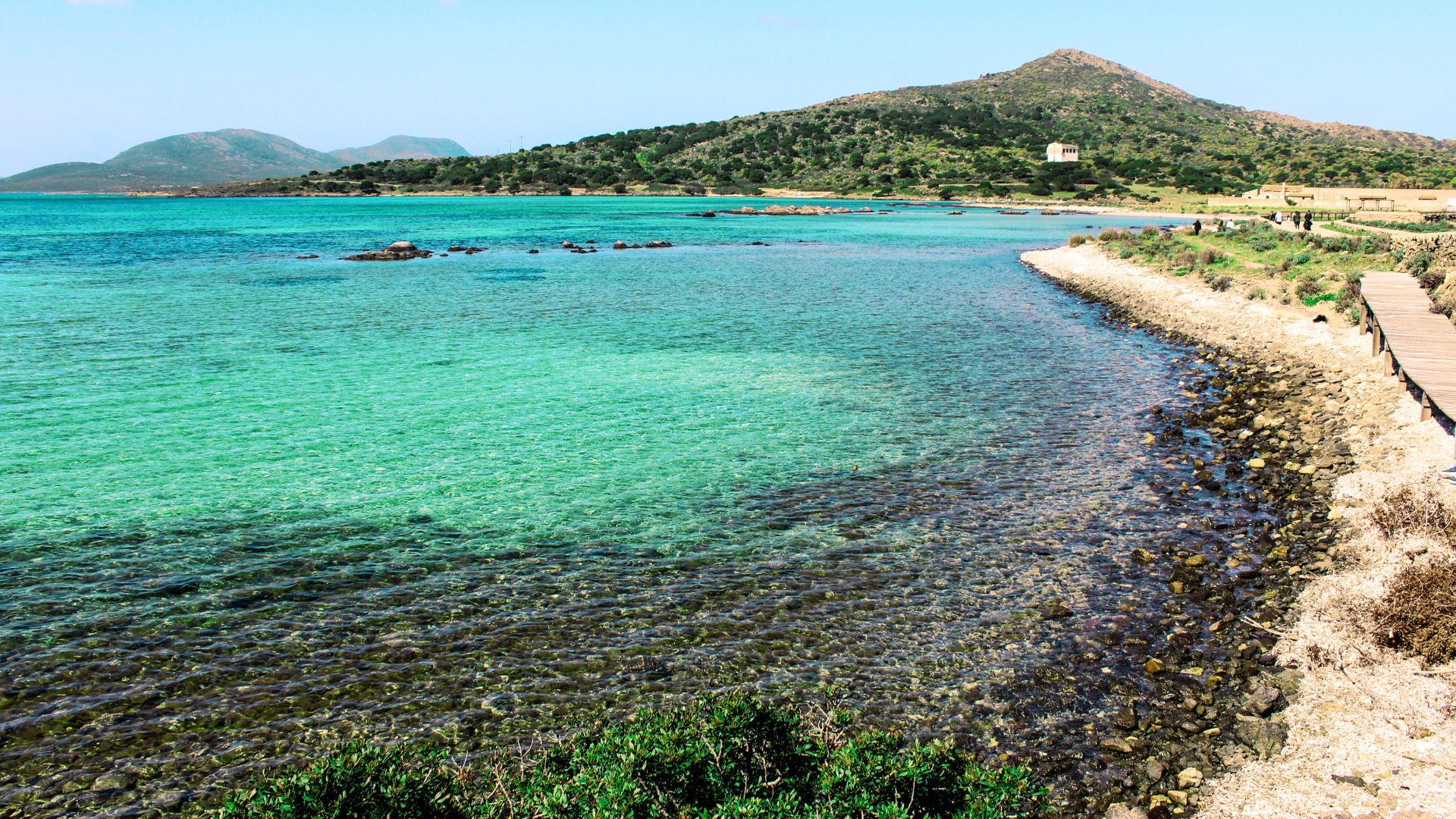
A Storied Past: Asinara Island’s Transformation
Asinara’s history feels like a wild novel, with chapters that jump from ancient settlements to its infamous prison era.
The island’s transformation mirrors the tangled story of Mediterranean history and human grit.
Neolithic Settlements and Roman Influence
When I walk through Asinara now, it’s hard to picture people living here thousands of years ago. Archaeologists have found signs of human presence from the Neolithic period, with little settlements scattered across the rocky land.
The Romans saw the value in this tiny island off Sardinia’s north coast. They set up outposts to keep an eye on Mediterranean shipping routes.
Roman artifacts still turn up across the island, hinting at their time here.
What really grabs me are the ancient stone structures that have stood through centuries of wind and salt. These silent witnesses now share space with wild olive trees and Mediterranean scrub.
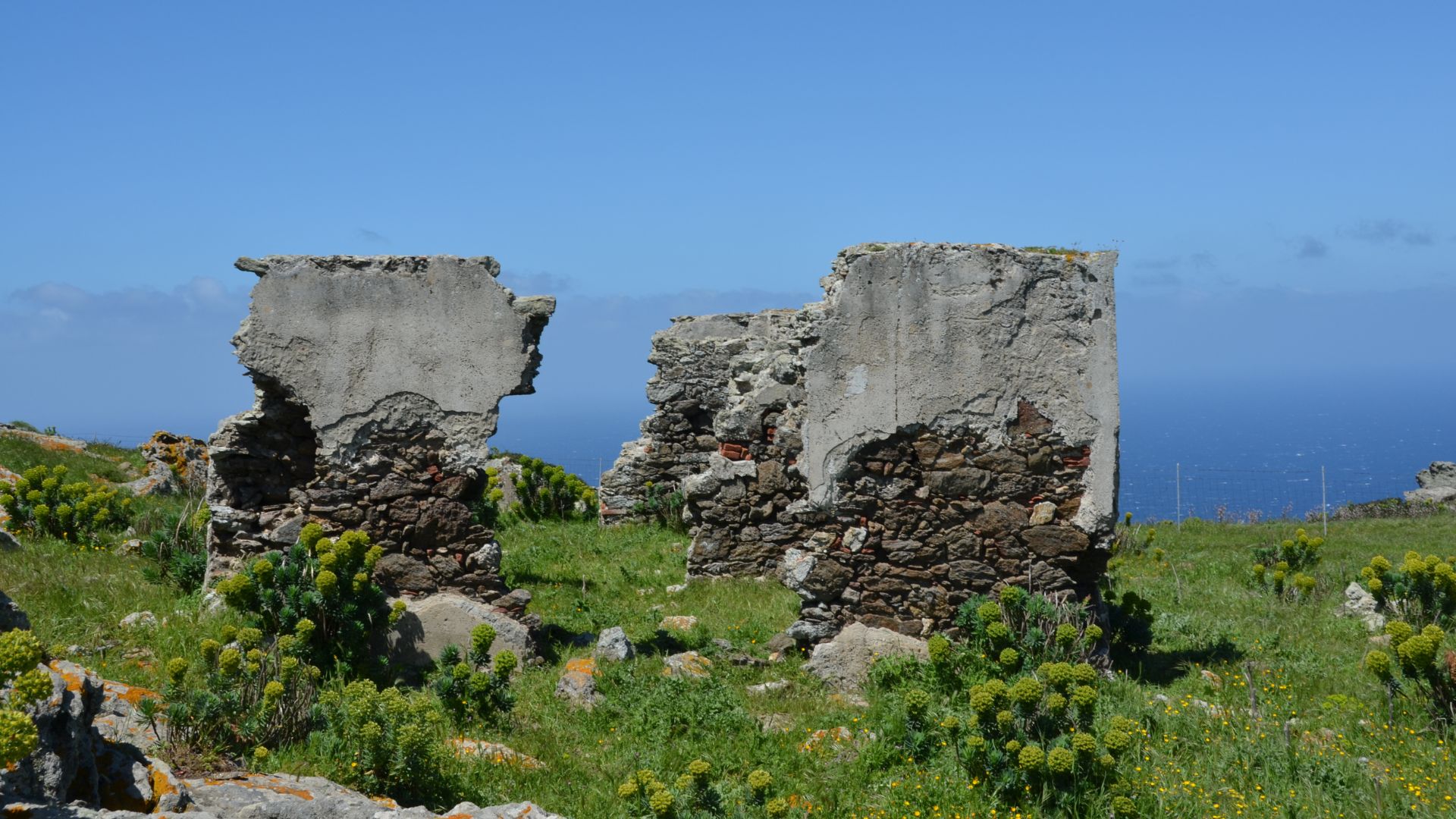
From Agricultural Penal Colony to Quarantine Station
In the late 1800s, Asinara started changing into a penal colony. The Italian government turned it into an agricultural prison in 1885, making inmates work the land.
Its remote spot also made it ideal for quarantine. They set up a lazaretto—a quarantine station—to process migrants and keep disease outbreaks in check.
I walked through the abandoned quarantine buildings and could almost hear echoes from the past. Old medical gear, isolation rooms, and dusty offices still sit there—a sobering reminder of public health struggles.
The Maximum Security Prison and Mafia Connections
The island’s darkest chapter began in the 1970s, when authorities built a maximum security prison here. This wasn’t just any lockup—it held some of Italy’s most dangerous criminals, including mafia bosses.
During the “Years of Lead,” they brought Red Brigade terrorists and organized crime leaders to Asinara. Special isolation bunkers held infamous figures like Totò Riina and other Cosa Nostra heads.
Standing inside those empty cells, I couldn’t help but think about who had once been locked up there. The prison finally shut down in 1997 after growing pressure from locals.
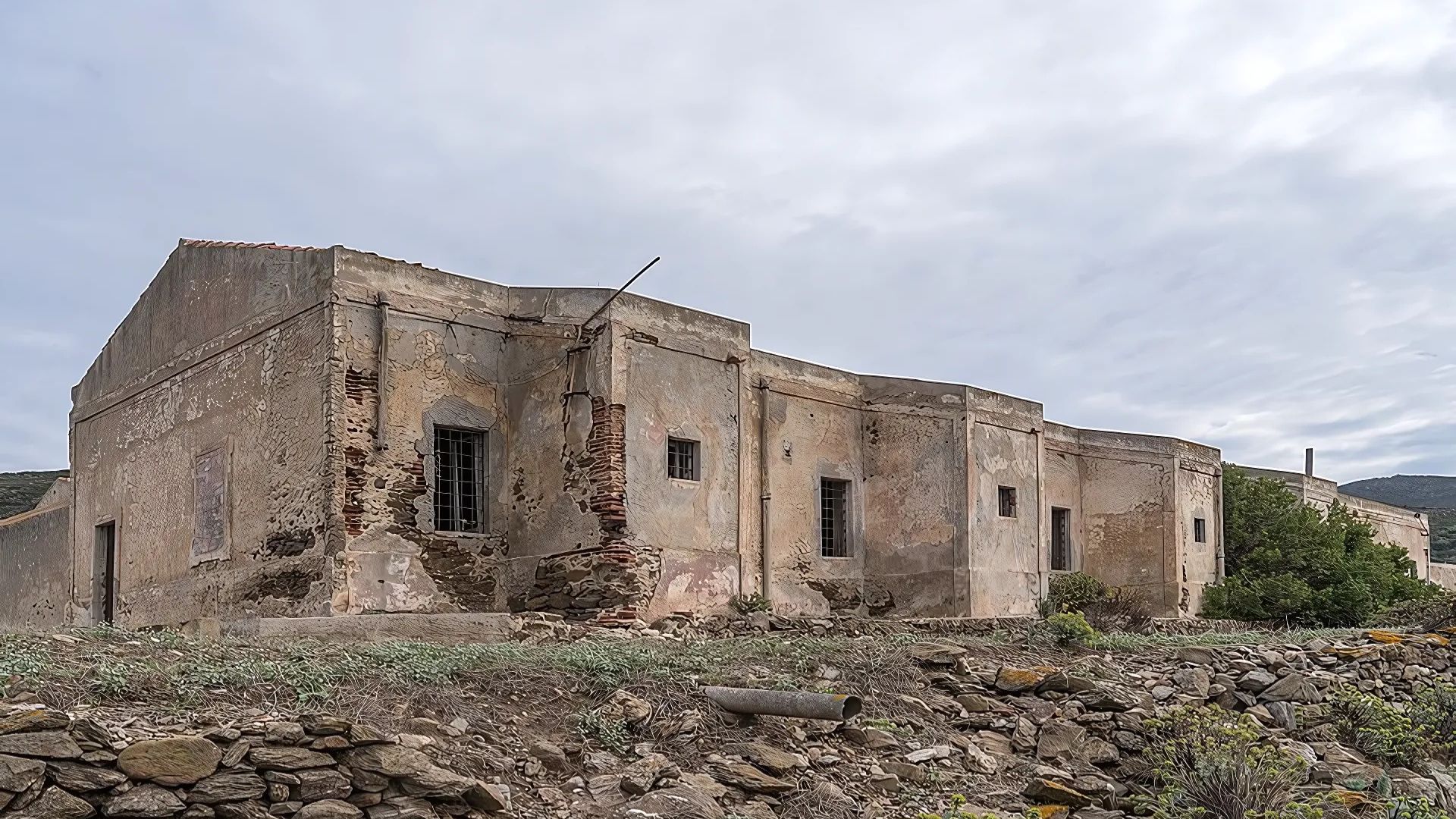
Legacy of the First World War and Austro-Hungarian Ossuary
World War I also left its mark on Asinara. The island served as a prison camp for thousands of Austro-Hungarian soldiers, who endured brutal conditions and disease.
There’s a moving memorial here—the Austro-Hungarian Ossuary—where the remains of those prisoners rest. Walking through this solemn place, I felt the heavy weight of history.
It’s wild to think how this small island connects to such big events. The ossuary stands as one of the most powerful reminders of Asinara’s layered past.
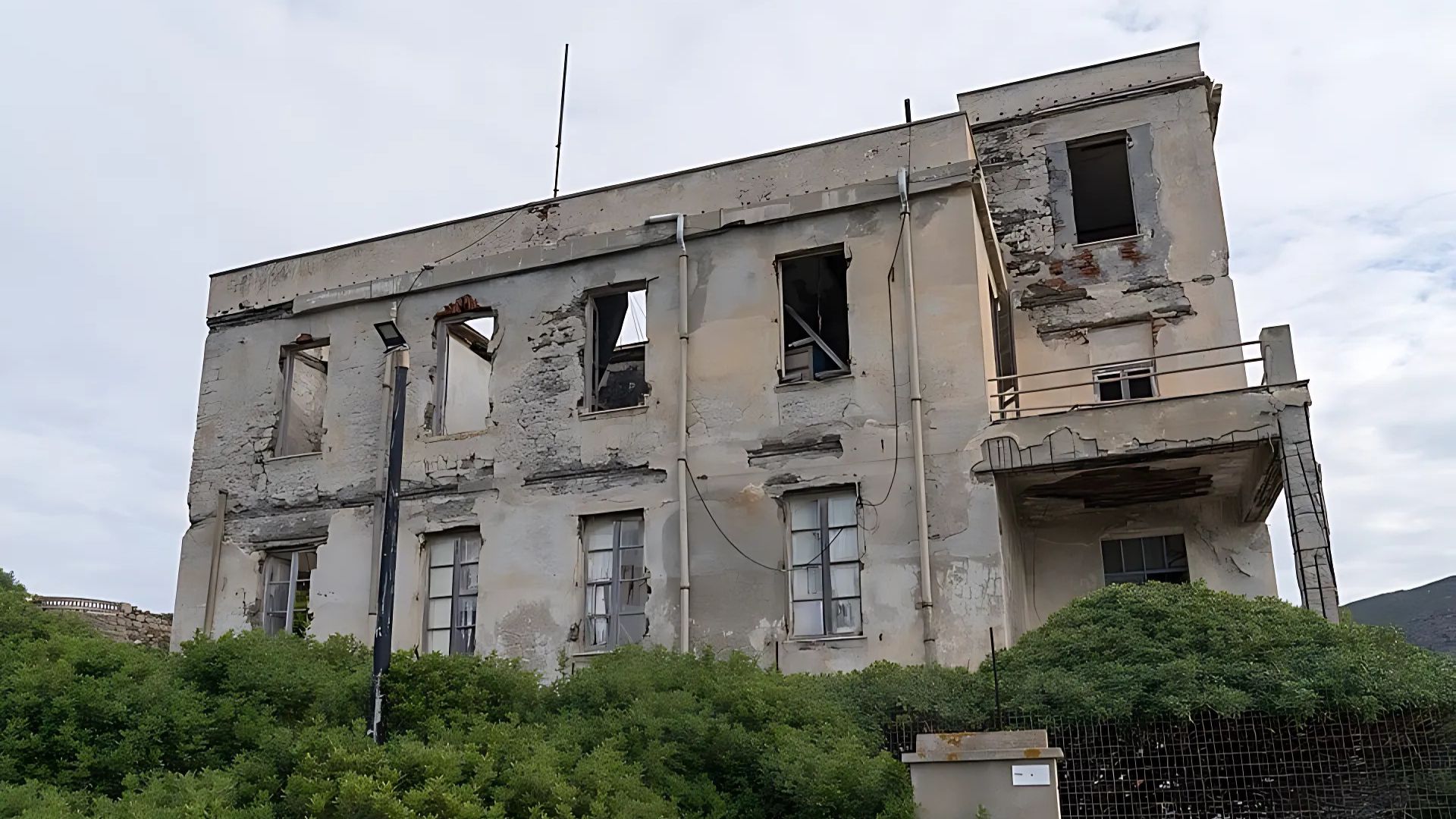
Asinara National Park: Safeguarding Sardinia’s Wild North
Asinara National Park stands out as one of Italy’s great conservation stories. It changed from a forbidden prison island into a protected wilderness.
The island’s long isolation has created a sanctuary where nature really flourishes.
Creation of the Nature Reserve and Protected Marine Area
When I visited Asinara in 2023, I was surprised to learn it only became a national park in 2002, after the prison closed in 1997. For years, the island fortress kept everyone out—accidentally preserving a pristine environment.
The protected area covers both the island (about 52 km²) and a surrounding marine reserve. This double layer of protection lets land and sea conservation work hand in hand.
Asinara’s story is all about the shift from isolation to preservation. Starting in the 1960s, locals began to see the island’s potential beyond its prison history and pushed for change.
Today, the park follows strict conservation rules to keep its natural character intact.
Visitors need permits for certain activities, and access stays carefully managed. This approach has let nature reclaim the island while still allowing responsible tourism.
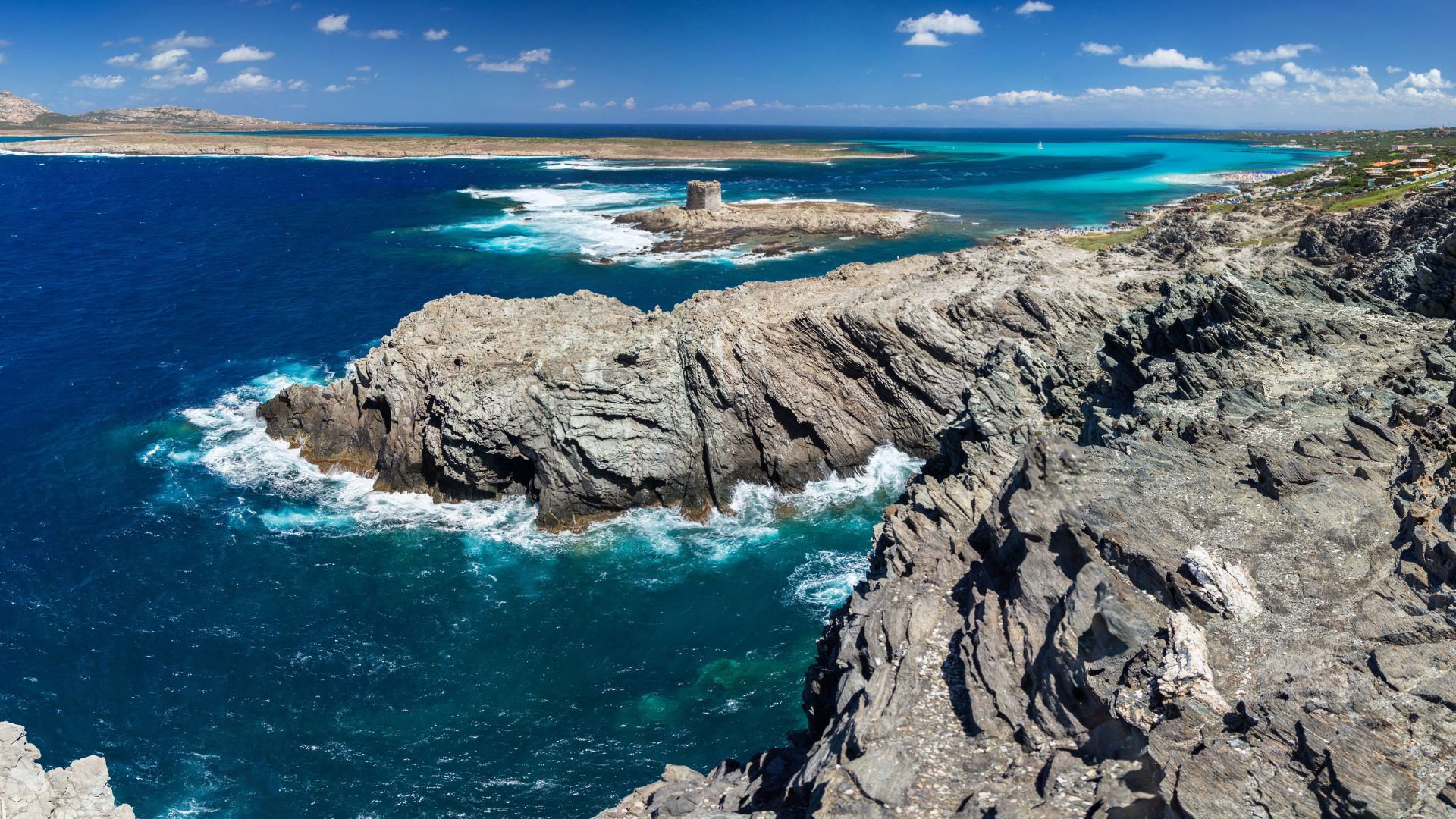
Unique Flora: Mediterranean Scrub, Phoenician Juniper, and Euphorbia
Hiking Asinara’s trails, I keep getting surprised by the variety of plants growing in such a tough environment. Mediterranean scrub (macchia) covers most of the island, filling the air with the sharp scent of herbs and shrubs.
The Phoenician juniper is a real standout. These ancient, twisted trees, some centuries old, scatter blue-black berries across the rocks.
Euphorbia, especially the rare Euphorbia dendroides, catches the eye too. Their bright green stems and odd branching shapes almost look otherworldly. In spring, they turn the hills red and yellow.
What I find most impressive is how over 700 plant species have adapted to these harsh conditions—many of them rare or found only in Sardinia.
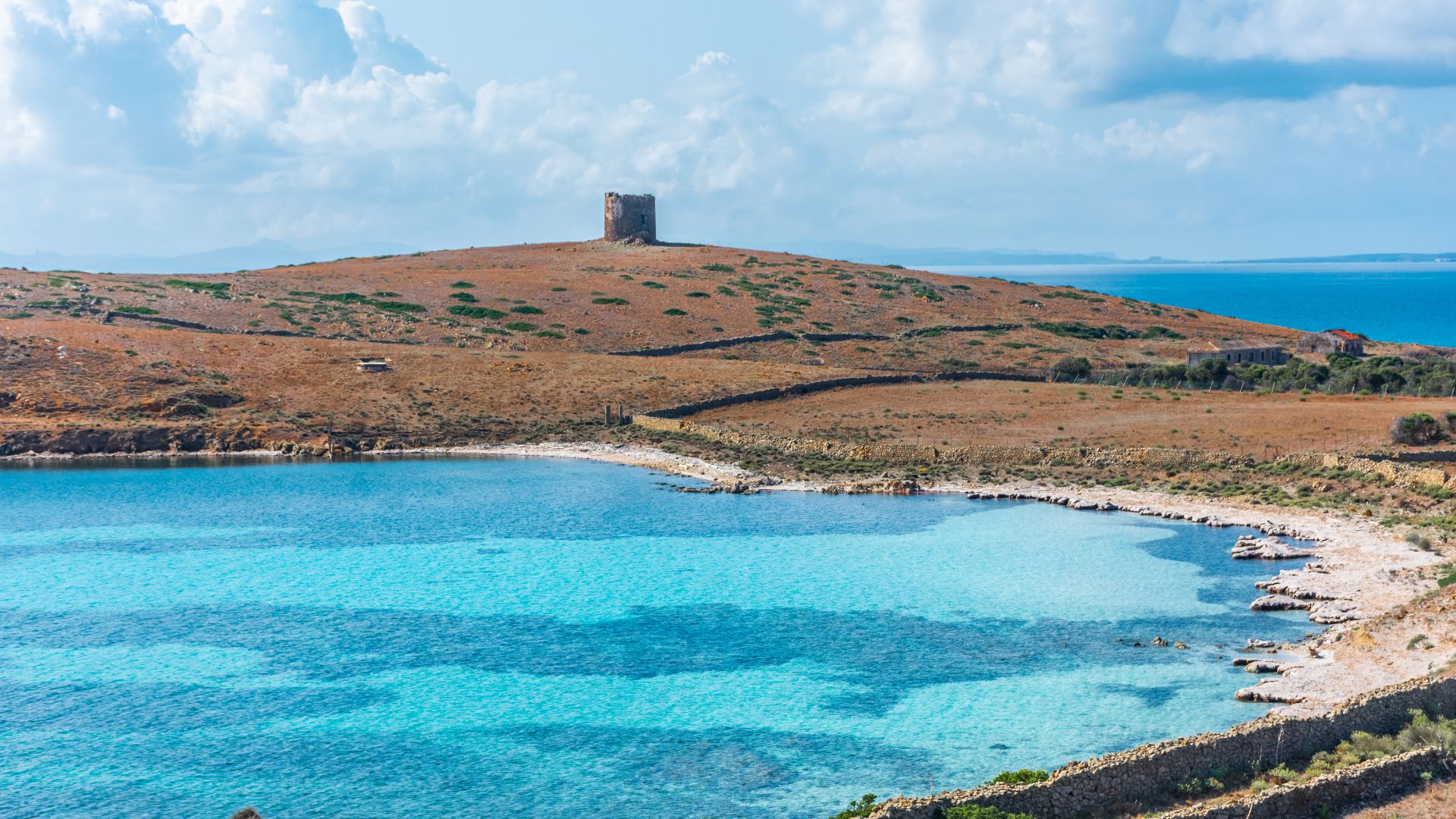
Endemic Fauna: White Donkeys, Mouflon, and Wild Boars
The white donkeys are probably Asinara’s most famous animals. I spotted several during my visit, grazing calmly on the hillsides. Their white coats stand out against the green and make the place feel a bit magical.
These donkeys aren’t true albinos; they just have a genetic quirk that stuck in this isolated group. Prison workers once used them for labor, but now they wander free as symbols of the island.
Mouflons, those wild sheep with dramatic curved horns, live higher up. At dawn, I caught a glimpse of a small group silhouetted against the sky—pretty unforgettable.
Wild boars also call the island home, though they’re harder to spot. I saw their tracks in muddy patches but rarely caught sight of them. The park’s isolation has let these animals live in balance with their surroundings.

Bird Species and Biodiversity Conservation
Asinara’s cliffs and scrubland give shelter to loads of bird species. With my binoculars, I watched peregrine falcons soaring above the coast and Audouin’s gulls nesting on rocky ledges.
Migratory birds use the island as a pit stop when crossing the Mediterranean. During spring and fall, the variety of species spikes as flocks from Europe and Africa pass through.
Conservation here focuses on protecting nesting spots for rare birds like the Corsican gull and European shag. Since there aren’t any cats or rats, ground-nesting birds thrive.
I really appreciate the park’s careful approach to monitoring wildlife. Scientists check populations regularly, and rangers make sure visitors don’t disturb the animals. Their dedication keeps Asinara a true refuge for birds and other creatures.
Natural Wonders and Breathtaking Beaches
Asinara’s coastline hides some of the Mediterranean’s cleanest beaches and bluest waters. The island’s protected status has kept these spots untouched and wild.
Coves and Coastline: Cala Reale, Cala Sabina, and Cala Sant’Andrea
Exploring Asinara, I found Cala Reale both historically interesting and naturally gorgeous. This sheltered cove glows with blue water, and its small pebble beach makes for a peaceful swim far from crowds.
Cala Sabina wowed me with its soft, white sand—almost like sugar. The water was so clear I could see fish darting around meters from shore. No wonder people say it’s one of Sardinia’s best beaches.
Cala Sant’Andrea stands out for its shallow, turquoise lagoon. I call it “the natural swimming pool” because of the calm, warm water. You can walk there partway, which just adds to the adventure.
Hidden Gems: Cala d’Oliva and Cala dei Detenuti
Cala d’Oliva offers a quieter escape away from the usual tourist paths. This small bay sits near the old prison village and has soft sand and gentle waves. The Mediterranean scrub behind it makes the blue sea look even brighter.
Cala dei Detenuti (Prisoners’ Cove) has a story to tell. It used to be off-limits except to inmates working on the island, but now anyone can swim in its sheltered water. The mix of dark history and beauty really got to me.
Both beaches are great for snorkeling. I spotted colorful fish, sea urchins, and even a couple of octopuses hiding among the rocks.

The Allure of White Sand and Azure Waters
What really sets Asinara’s beaches apart is how untouched they feel. Unlike nearby La Pelosa Beach, packed with tourists, Asinara offers peace and space.
The water clarity is unreal. On calm days, I could see 15 meters down with no trouble. The colors shift from emerald at the shore to deep blue farther out.
Getting to these beaches takes some planning—you’ll need to join a tour or arrange official transport. But honestly, that keeps the crowds away and helps preserve the place.
Swimming here feels almost unreal. From June to September, the water’s the perfect temperature, and the saltiness makes floating a breeze.
Wildlife Encounters and Immersive Nature Experiences
Asinara’s journey from prison to protected paradise has turned it into one of the Mediterranean’s most fascinating wildlife refuges. The same isolation that once kept prisoners in has let unique species flourish.
Meeting the Famous White Donkeys
The white donkeys are easily the island’s most iconic animals. On my jeep tour through the park, I saw several of these rare, pale creatures grazing on the hills. Unlike regular gray donkeys, these have white coats and sometimes blue eyes.
“The donkeys stayed behind when the prison closed in 1997,” my guide said. “They’ve adapted perfectly to life on the island.”
Their gentle nature stands out as much as their coloring. They sometimes walk right up to visitors, curious and calm. You can’t feed them, but there are plenty of chances for photos.
Some of the best places to spot them:
- Central valleys near Cala d’Oliva
- Grasslands around Fornelli
- Eastern slopes in the morning
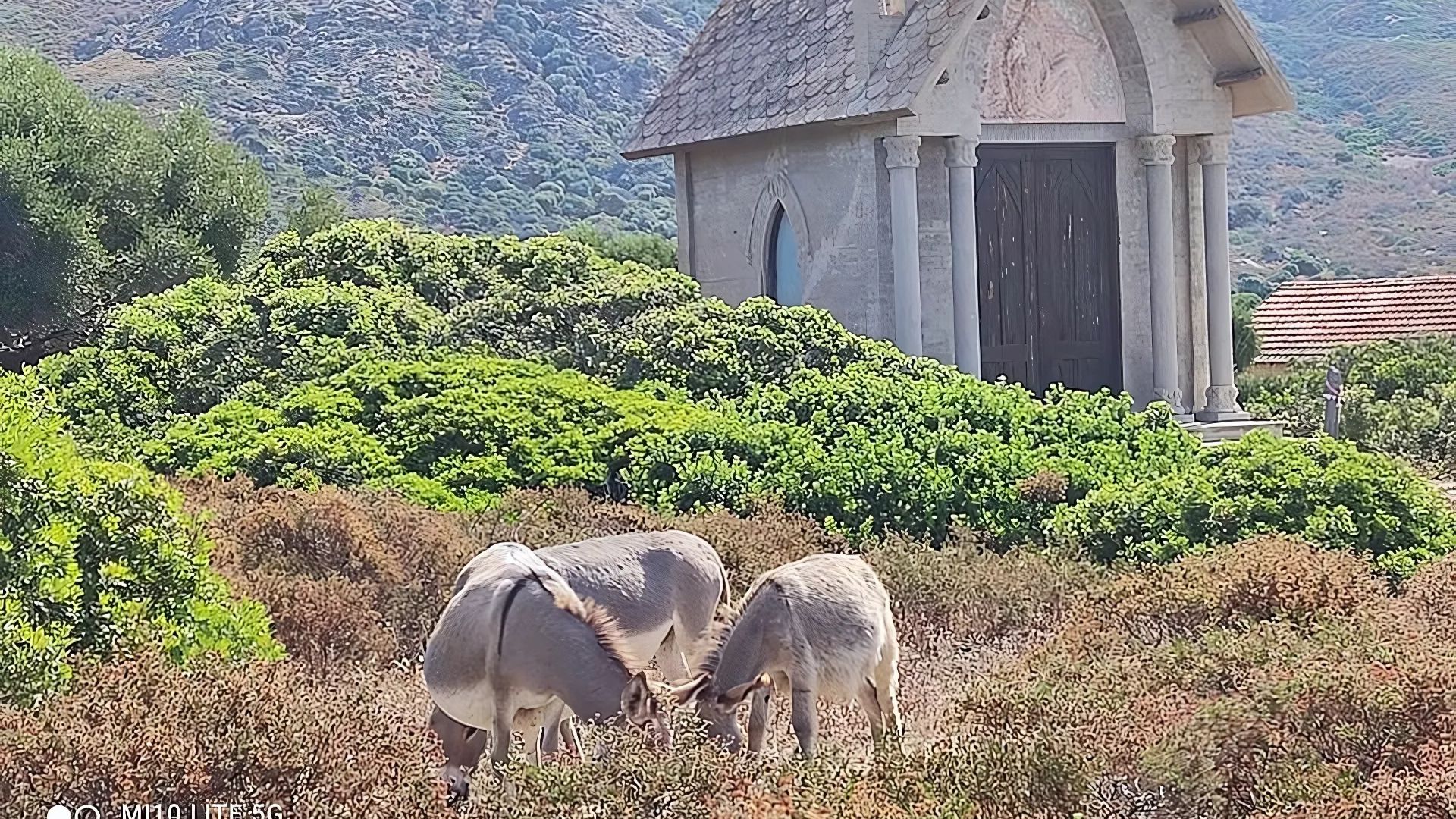
Observing Asinara’s Unique Wildlife
Beyond the donkeys, Asinara’s wildlife keeps surprising me. Wild horses run free across the landscape, making for some postcard-worthy moments against the blue sea.
Many species have found a haven here, thanks to the lack of hunting and few humans. On my 8-hour excursion, I glimpsed mouflon sheep on rocky heights and saw wild boars darting into the scrub.
The marine life is just as lively. Snorkeling in the clear bays, I watched colorful fish, sea anemones, and even a couple of dolphins playing offshore.
Birdwatchers will be happy here too. I spotted peregrine falcons gliding over the cliffs and watched migratory birds resting during their epic journeys.
Discovering Rich Mediterranean Flora
Asinara’s plant life shows off the classic Mediterranean ecosystem at its purest. Walking the trails, you’ll wind through fragrant maquis—that typical shrubland bursting with rosemary, lavender, and mastic trees. Every breeze seems to stir up their unique scents.
Our guide paused by a mastic tree and said, “People have used this for thousands of years. The Ancient Greeks even made chewing gum and medicine from its resin.” That stuck with me.
When spring rolls around, wildflowers take over, covering spots that looked empty before. I couldn’t help but notice the native orchids thriving quietly in the protected valleys.
Down by the coast, salt-resistant plants somehow manage to survive, even though the conditions look pretty rough. It’s wild how such a small island can pack in so many habitats—from rocky beaches to shady forests. All these little microclimates mean you’ll find a surprising mix of plants.
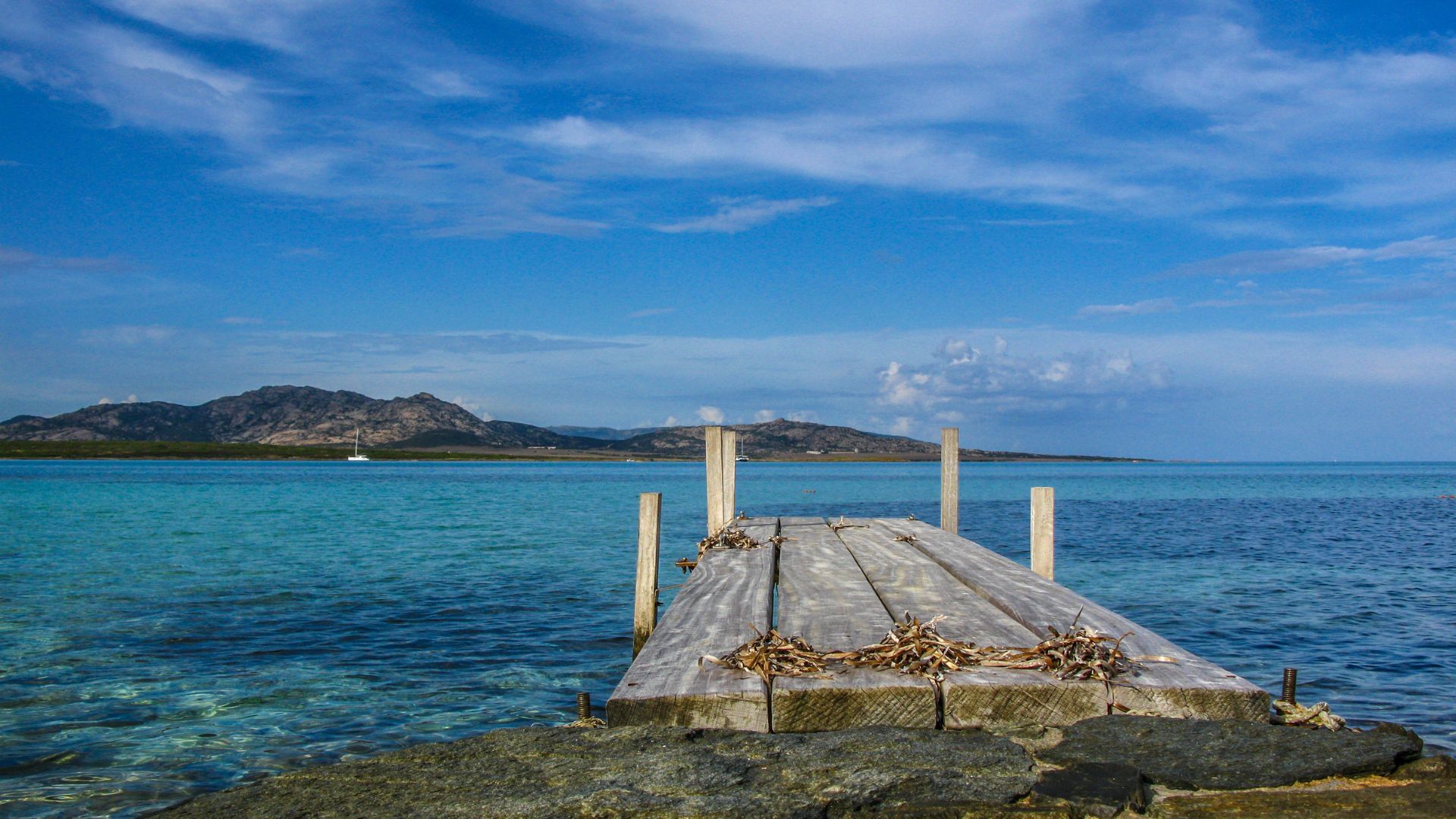
Sustainable Tourism for Nature Lovers
Asinara National Park tries to balance letting people visit with keeping nature safe. They limit how many folks can come each day and require guided tours in certain spots to keep the impact low.
The off-road jeep tours really impressed me. They stick to the marked paths but still get you out to places you’d never reach on your own. Guides make a point to talk about leave-no-trace and explain how fragile the island is.
If you’re a nature nerd, there are special tours for:
- Birdwatching trips
- Botanical walks led by experts
- Marine biology snorkeling adventures
- Photography safaris timed for perfect light
You won’t find sprawling hotels here. Lodging stays pretty limited and eco-friendly—some are set up in old prison buildings. I like that. It keeps the crowds down and lets you settle into the island’s slower pace.
Solar power, water-saving systems, and strict waste rules help keep Asinara clean. Honestly, I wish more parks took notes from how they run things here.
How to Visit Asinara Island: Practical Tips and Travel Insights
You’ll need to plan ahead if you want to visit Asinara, since the park controls access pretty closely. I’ve learned that sorting out your transport and tour options ahead of time makes the whole trip a lot smoother.
Getting There: Ferry Routes from Porto Torres and Stintino
Ferries are your only way in. From Porto Torres, you can catch regular boats to Cala Reale on Asinara—it usually takes about an hour and a half. That’s the route I’ve used most often.
If you’re up north, Stintino has ferries with a much shorter crossing (about 30 to 40 minutes). In summer, the boats run more often, but I’d definitely book tickets ahead, just to be safe.
First ferry out leaves around 8:30am, and the last one back is late afternoon. Schedules change with the seasons, so double-check if you’re coming in winter.
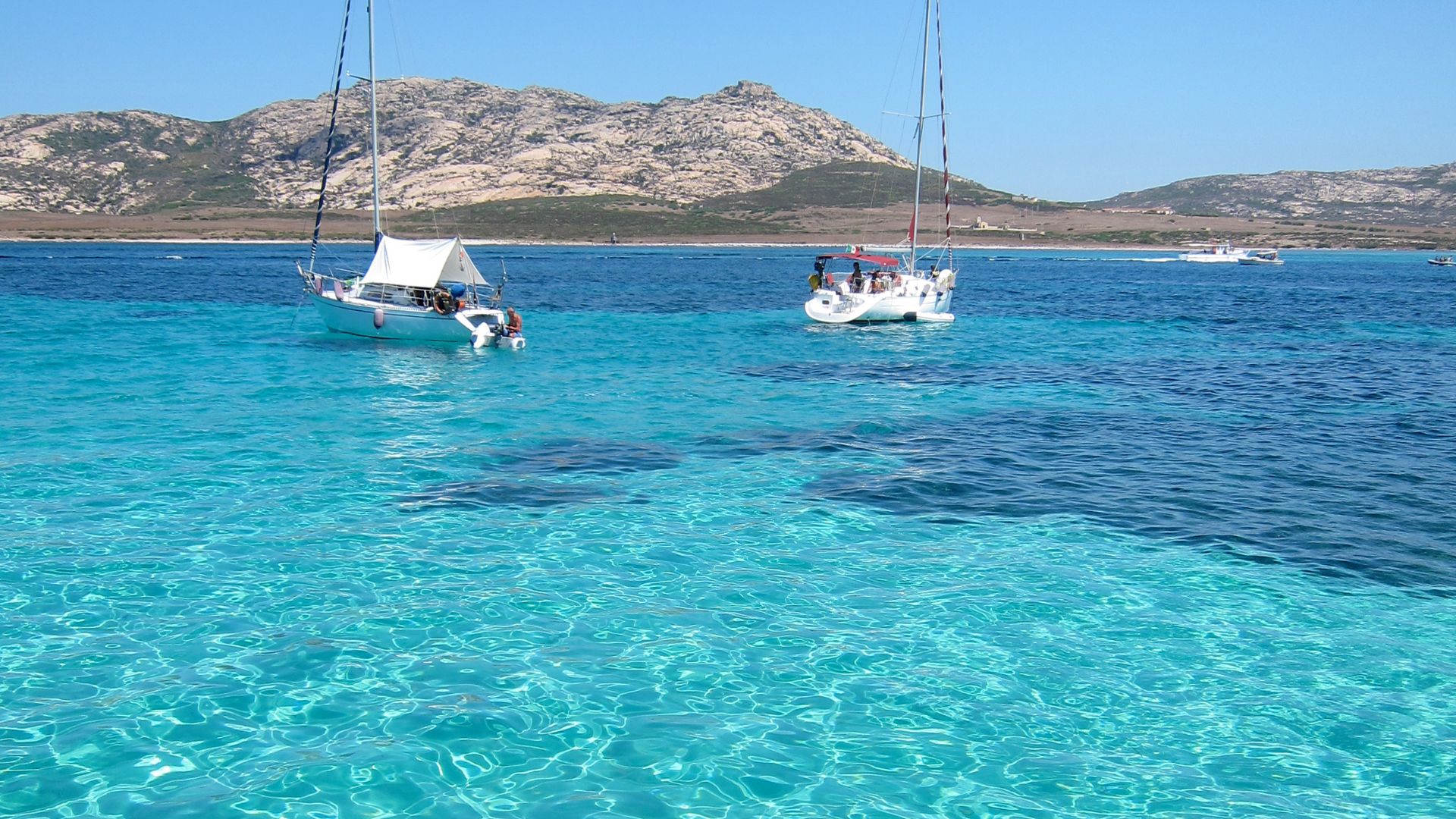
Delcomar Connections and Transportation Options
Delcomar runs the main ferry service to Asinara. Their boats are comfortable enough, with seats inside and out. You can buy tickets online or at the ticket offices in Porto Torres and Stintino.
Once you’re on the island, you can’t drive your own car—makes sense, honestly, since they want to protect the place. Instead, I’ve found these options work best:
- Guided bus tours: Good for seeing the main sights with a naturalist guide
- Off-road jeep excursions: Perfect if you want to get a little further off the beaten path
- Electric vehicle rentals: You’ll find these near the main visitor centers
If it’s your first time, I’d recommend joining a tour with an authorized operator. They really help you get the most out of your visit and keep you from getting turned around.
Exploring by Mountain Bike and Eco-Friendly Ways to Travel
I’ve found mountain biking to be the best way to take on Asinara’s rugged landscape. You’ll spot rental shops near the main docks; they’ve got a decent selection for both casual riders and folks who take their cycling a bit more seriously.
The island’s trails are easy to follow, and they come in all sorts of difficulty levels. There’s a main road that runs about 25km across Asinara, connecting the big sights and offering some really stunning views.
If you’re not up for a long ride, the trails near Cala d’Oliva village are great for a quick spin.
Walking works nicely for shorter distances, especially if you want to check out the beaches or spot wildlife. Those famous white donkeys—”asino” means donkey in Italian—often show up along these paths.
Don’t forget to bring plenty of water, some sun protection, and good shoes. Services are pretty limited out here.
Most people end up spending anywhere from 4 to 8 hours exploring, so it’s smart to pack what you’ll need for the day.

